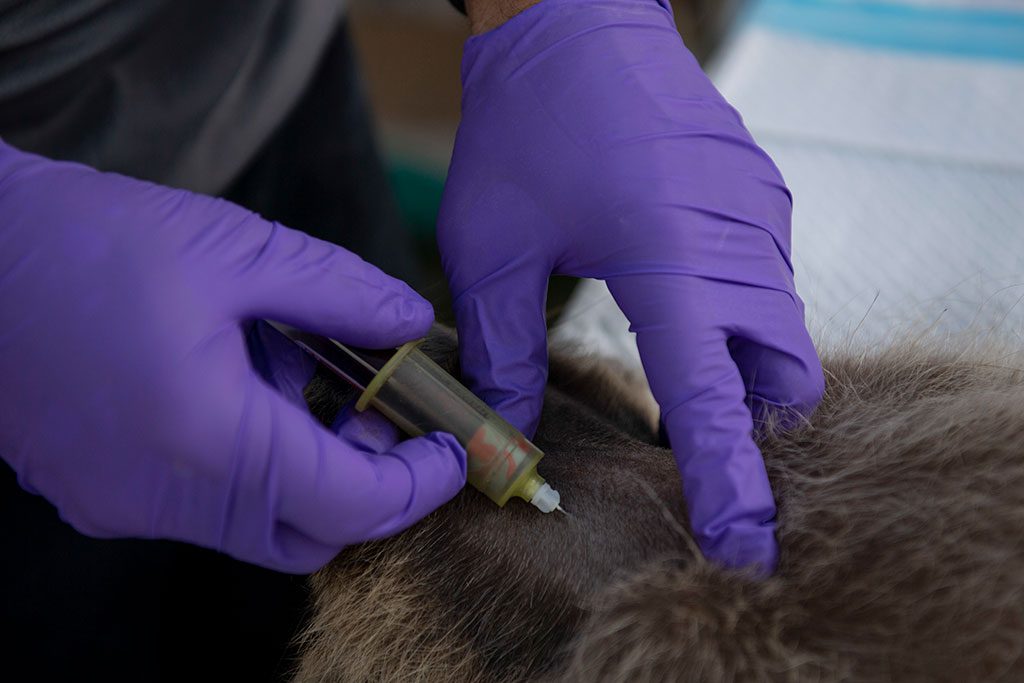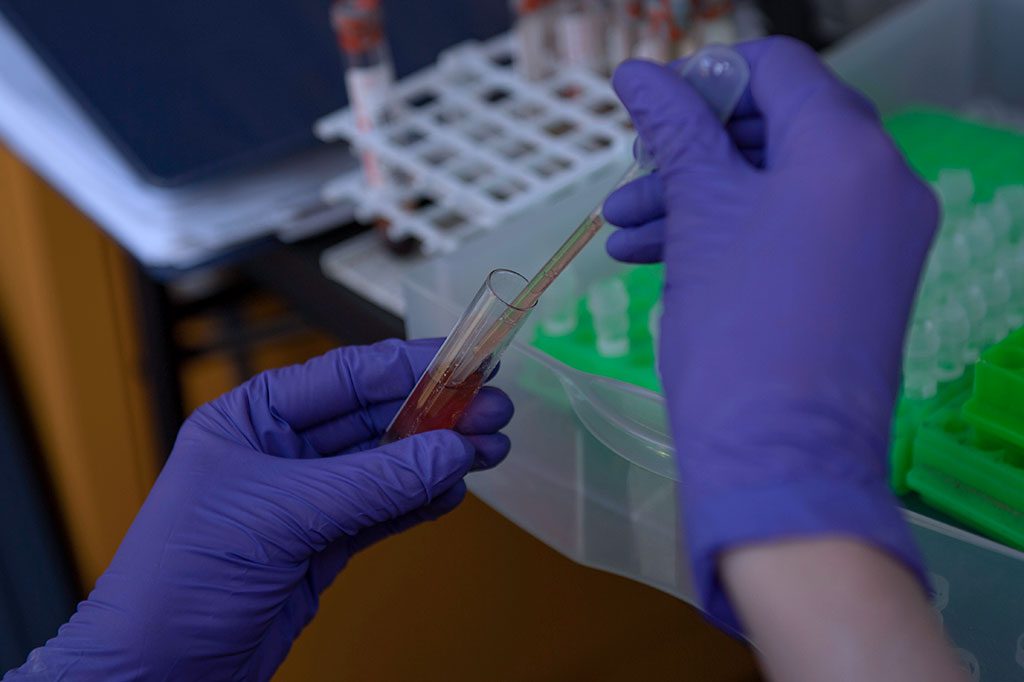Partner agencies and national guard personnel are working collectively to counter the risk of rabies in urban raccoon populations by releasing targeted bait vaccination packets.
Rabies is a preventable viral disease often transmitted through the bite of a rabid animal. The rabies virus infects the central nervous system of mammals, and if left untreated, causes disease in the brain and eventually death.
The Centers for Disease Control and Prevention (CDC) states that approximately 5,000 animal rabies cases are reported to them each year with more than 90% of those cases occurring in wildlife. The vast majority of those animal cases occur in wild animals like bats, raccoons, skunks and foxes, although any mammal can carry the disease.
Rabies-related human deaths in the United States declined during the 20th century, from more than 100 annually in the early 1900’s to just one or two per year since 1960. This decline can be attributed to successful pet vaccination and animal control programs, public health surveillance and testing, and availability of post-exposure prophylaxis for rabies, as stated by the CDC.

A collective partnership that began more than 10 years ago between the Vermont Air National Guard (VTANG), the Burlington International Airport and the United States Department of Agriculture (USDA) continues to aid in the prevention of rabies-related deaths. This Summer, the VTANG and the USDA’s National Rabies Management Program collaborated with the goal of preventing the spread of rabies in wildlife by containing and eliminating the virus.
“This research aims to improve Oral Rabies Vaccination (ORV) strategies in urban areas to be more effective in reaching the NRMP’s goals of preventing the spread of and eliminating the raccoon rabies variant,” said Fred Pogmore, Supervisory Wildlife Biologist with USDA’s Wildlife Service.
A major challenge to raccoon rabies elimination is the urban environment, as this habitat often sees increased raccoon population. To combat the spread of rabies, the USDA releases targeted bait vaccination packets.
These packets may be distributed via fixed-wing aircraft, helicopters, by hand, or by placing bait stations where wildlife are most likely to find them. The USDA takes precautions to ensure these packets are in areas where wildlife are most likely to find them, while reducing chances that people or domestic animals will encounter them.
When an animal bites into a baited packet, the packet ruptures allowing the animal to swallow the vaccine. Animals that receive an adequate dose of the vaccine then develop antibodies against the rabies virus.

Pogmore said that the current research project began in early July and lasted for 10 consecutive nights. The goal of this part of the project is to determine pre-bait drop baseline data and involved USDA employees from Vermont, New Hampshire, New York, Pennsylvania, West Virginia and Virginia. Post-bait sampling will occur in early October.
According to Tanya Espinosa, Public Affairs Specialist with the USDA, the vaccine baits have been proven safe in many species of animals, including domestic dogs and cats. Humans and pets cannot get rabies from contact with the baits but are asked to leave them undisturbed should they encounter them.
Espinosa also says that if contact with baits occurs, immediately rinse the contact area with warm water and soap. If pets find the bait, do not try to take it away from them to avoid being bitten and exposed to the vaccine.
For more information about the National Rabies Management Program for more information.
Adapted from story by Richard Mekkri, 158th Fighter Wing


